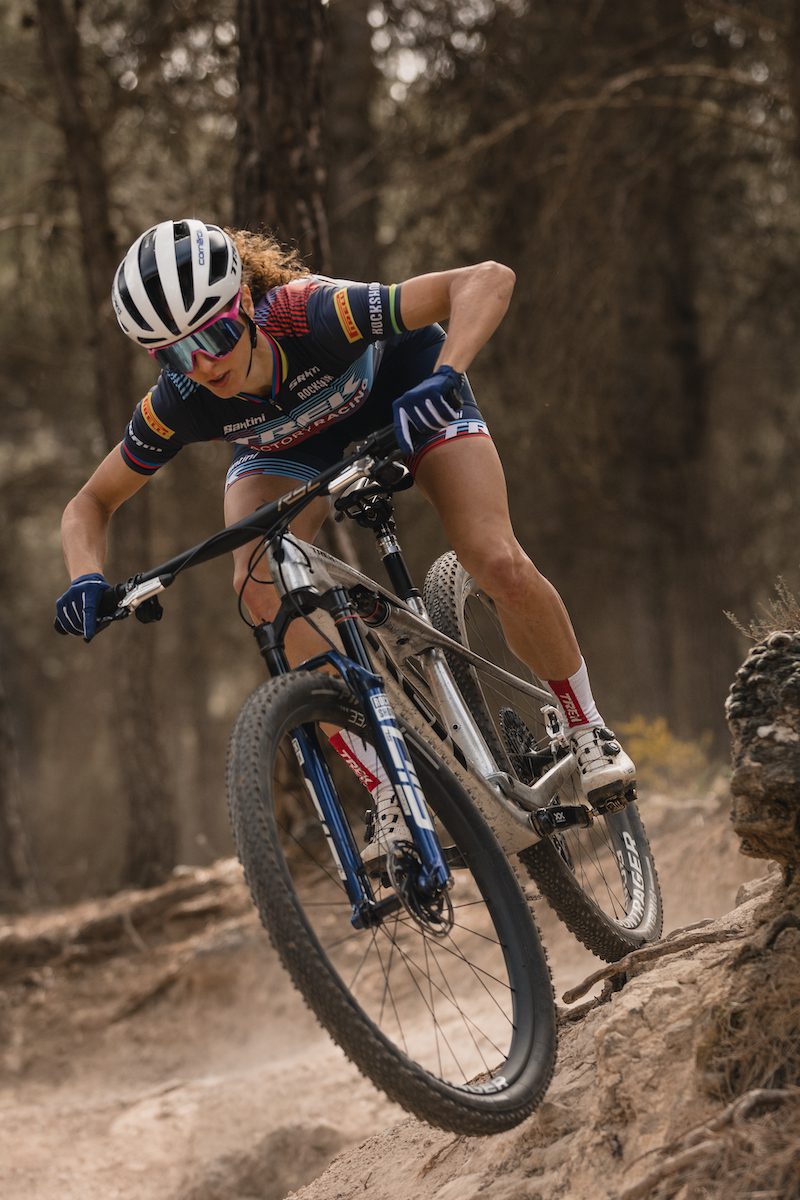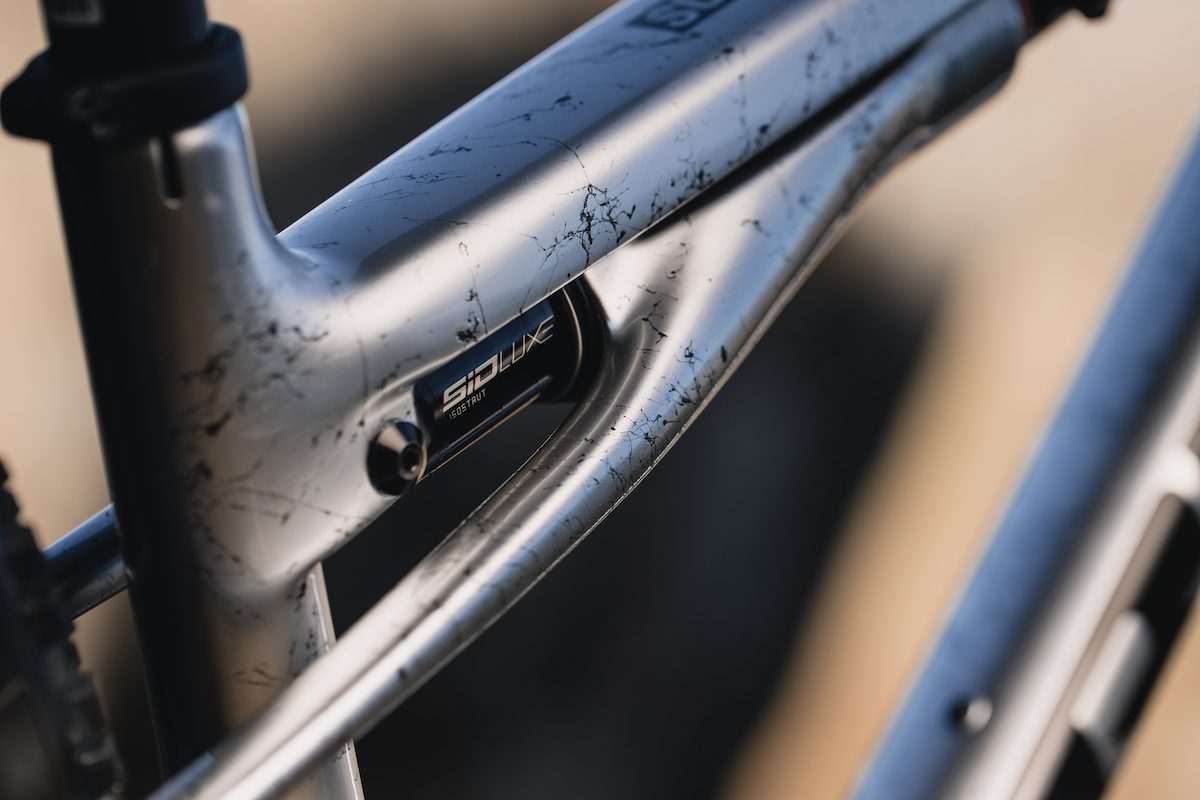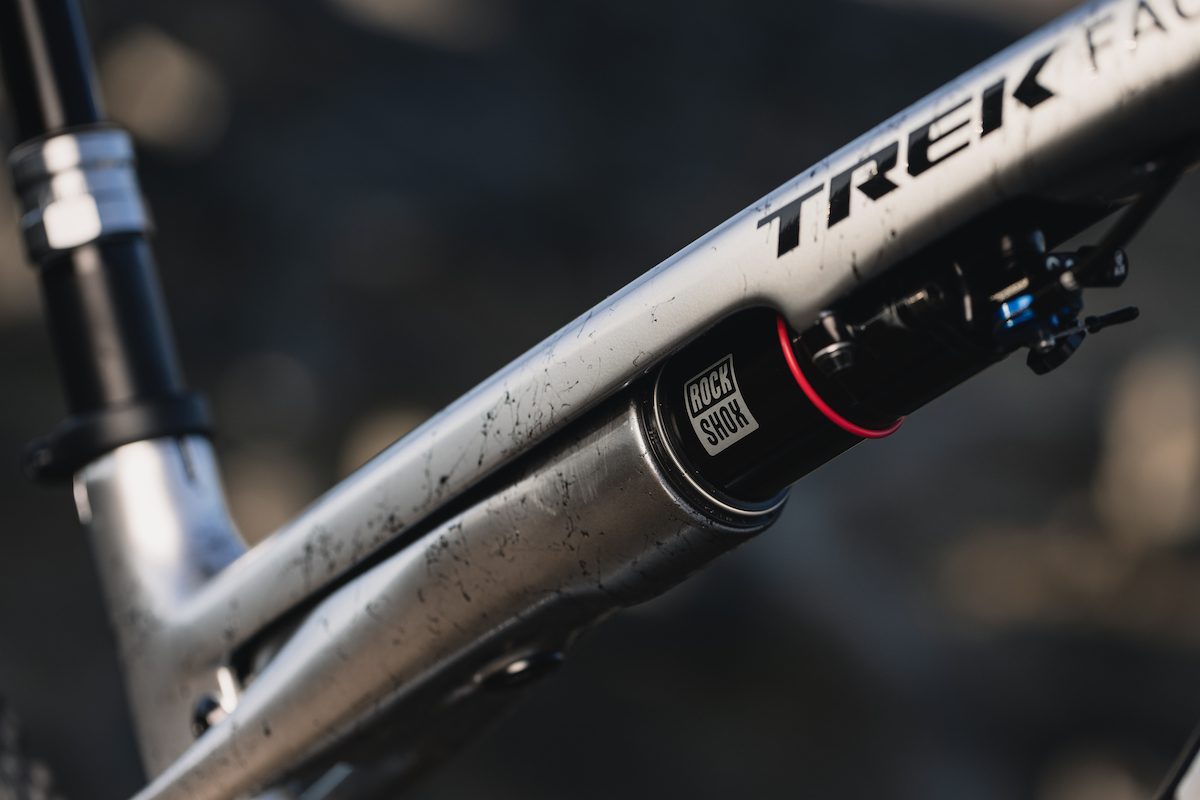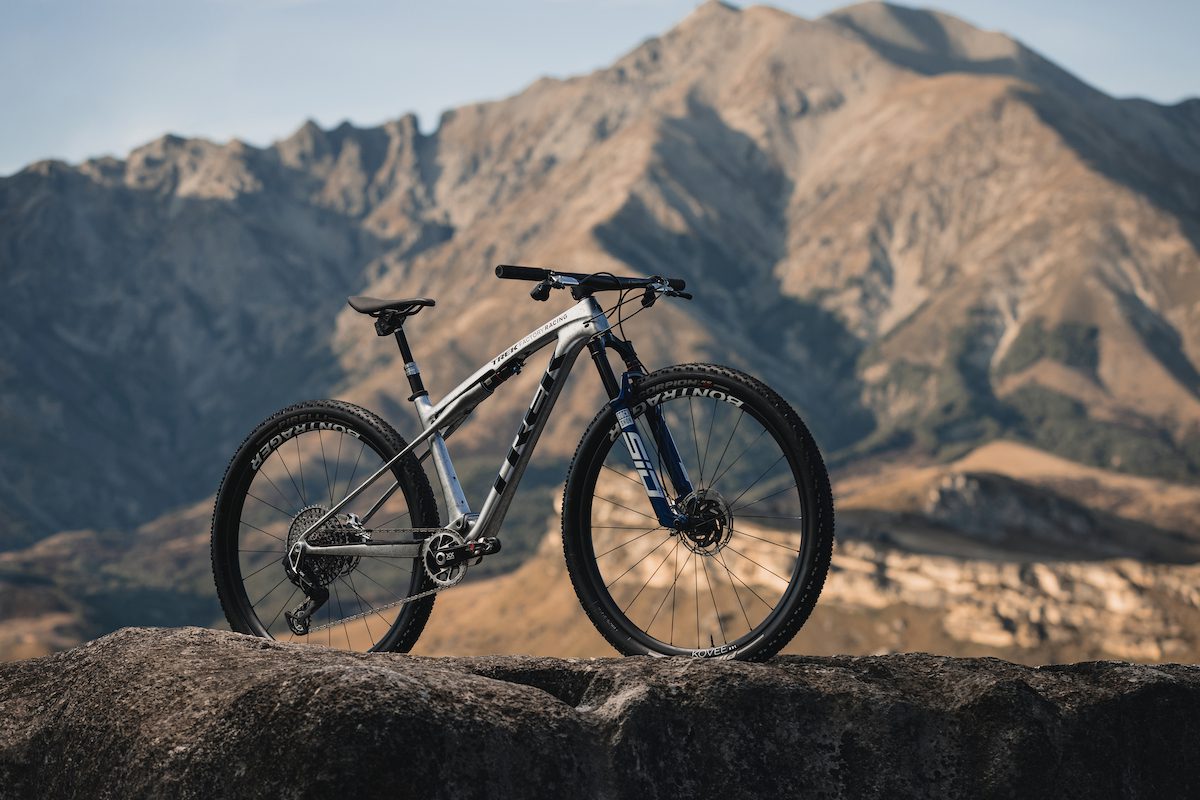Trek makes second gen Supercaliber more super
Lighter, slacker, and more travel but still very XC
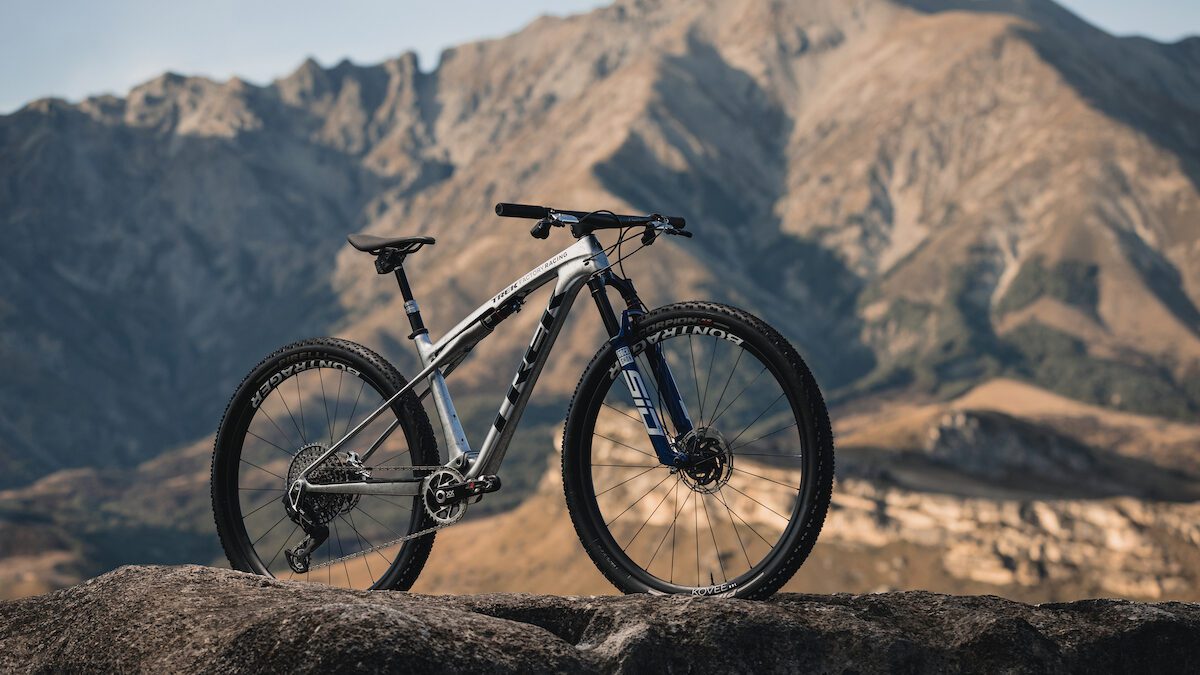 Photo by:
Trek
Photo by:
Trek
When Trek first released the Supercaliber, it flew in the face of a growing trend towards more travel and slacker XC bikes. Rolling out a full suspension bike that aimed to mimic a hardtail certainly turned heads. Then, shortly after Trek released its short-travel XC race specialist, the Supercaliber, the bike struck gold at the Tokyo Olympics under Jolanda Neff. That concept, or that result, have since inspired designs that are strikingly similar. So how does Trek stay ahead of the curve?
More importantly, what is Trek calling the second version of its superlative XC race whip? Super-duper-caliber? Superestcaliber? Moresupercaliber? Supremecaliber? Or, for the sake of simplicity, just the new Supercaliber. Not any more superlative, but Supercaliber might just make up for that on its own.
Supercaliber Gen. 2: What’s new?
The Gen 2 Supercaliber is still very much a bike created for World Cup cross country racing. It is very single-mindedly focused on winning cross country races at the highest level. So what has changed? Quite a few things, actually.
More travel
First, there is more travel. Trek ups the travel front and rear, slightly, to make the Supercaliber a little more capable. It’s still less than most modern cross country races, but there’s now 80mm of rear wheel travel instead of 60 and the option for 110mm front forks instead of 100mm. Still minimalist, for sure, but with a bit more give than before.
A 2,030-gram SLR frame
The frame now comes in a SLR and SL option and the distinctive IsoStrut shock is redesigned to be more user-friendly. Finally, Trek softens the geometry a little bit to be less extreme than the first-gen Supercaliber.
While the SL frame is about the same weight as the first-gen Supercal, the new SLR drops a full 200 grams. That’s no small number in the weight-weenie world of XCO racing. Trek sheds those grams through a mix of frame material refinements (less material, higher-modulus) and, since most SLR frames use wireless drivetrains, no internal cable routing. The 9.8 and 9.9 models use the SLR frame, which is now just 2,030 grams, while the 9.6 and 9.7 use the SL frame with all the other updates to geo, shock and travel.
New SidLuxe IsoStrut shock
The new Supercaliber moves from the original Fox IsoStrut shock to a new RockShox SidLuxe shock. Trek says the new shock is easier to service, requiring four M5 bolts and no clocking to install, without adding weight. The new design also has a more linear shock progession and higher anti-squat, presumable to maintain efficiency while adding rear-wheel travel.
Longer, slacker
Finally, Trek makes the Supercaliber longer and slacker than the first generation. That’s still neither long nor slack by some standards. But the head tube angle does go from 69 degrees to 67.5 and reach on a size Large goes from 455mm to 465mm, so it’s not a small change. Seat tube angles also get about 0.5-degrees steeper. Combined with the change in travel, the wheelbase on the Gen 2 grows to 1,170mm from 1,152mm for a Large. Still sharp and quick, but maybe a little less twitchy at speed.
Trek Supercaliber Gen. 2 pricing and availability
Trek offers the Supercaliber in an array of builds and specs including, of course, SRAM AXS T-Type as well as Shimano drivetrains. That includes three versions of the top-end 9.9, one with SRAM XX, one with SRAM XO and one with Shimano XTR, and several 9.8 and 9.7 options down to the carbon frame, alloy wheels and cockpit of the 9.6.
At a staggering $15,250 is the Supercaliber 9.9 SLR XX AXS, weighing in at just 20.8 lb. The 9.6 tames this to nearly a third of the price, at $5,500, but total weight with alloy wheels and cockpit is 28.9 lb.
All bikes are available through Trek and local Trek dealers.
